Jean Negulesco
Born February 26, 1900 in Craiova, Dolj, Romania
Died July 18, 1993 in Marbella, Andalusia, Spain (heart failure)
Birth Name Ioan Negulescu
Jean Negulesco made his reputation as a director of both polished, popular entertainments as well as critically acclaimed dramatic pictures in the 1940s and 1950s. Born in Craiova, Romania, he left home at age 12, ending up in Paris. He earned some money washing dishes, which paid for his art tuition, on the way to fulfilling his dream of becoming a painter. World War I intervened, and he found himself in the French army working in a field hospital on the Western Front. Returning to Paris unscathed, he embarked on a more serious study of the arts, learning to paint under the guidance of his émigré compatriot Constantin Brâncusi (1876-1957), and subsequently returned home to Romania. Proving himself an adept pupil, Negulesco sold 150 of his paintings at his very first exhibition. Back in Paris by the early 1920s, he discovered another outlet for his creativity by working as a stage decorator.
In 1927, Negulesco took some of his paintings to New York in the hope of finding a wider audience. He liked it and decided to stay. Travelling across the US to California--all the while making money by painting portraits--Negulesco took years to arrive at his destination. In 1932, he was hired by Paramount Pictures (working for producer Benjamin Glazer) for his first job in the movie industry, as a sketch artist and technical advisor, notably designing the rape scene in The Story of Temple Drake (1933) without violating the Hays Code. Persuaded by an art critic, Elie Faure, to throw himself whole-heartedly into film work, Negulesco then financed and directed his own experimental project, "Three and a Day", starring Mischa Auer. Studio executives liked the picture and Negulesco advanced up the ladder to second-unit director, working on A Farewell to Arms (1932) and (on loan to Warner Brothers) The Sea Hawk. He served in diverse capacities during the remainder of the decade, including associate director, scenarist and original story writer. In 1940, he was approached by Warner Brothers and signed to a contract (until 1948) to direct shorts. Between 1941 and 1944, Negulesco turned out a string of shorts, generally of a musical nature and often featuring popular big bands, including those of Joe Reichman, Freddy Martin and Jan Garber.
Negulesco's road to directing feature films was a tortured one. He was replaced by John Huston two months into shooting The Maltese Falcon (1941) and suffered a similar fate with Singapore Woman (1941). His big break came when he landed the directing job for The Mask of Dimitrios (1944), a tale of international intrigue, based on the novel "A Coffin for Dimitrios" by Eric Ambler. The film was unusual in that it starred two character actors instead of romantic leads. The story, already convoluted by many flashbacks, was therefore not muddied further by built-in romantic angles not integral to the plot. The two films noir experts at the center of the action, Sydney Greenstreet and Peter Lorre, contributed greatly to the success of the venture. Likewise did Negulesco's experience as an artist, which had provided him with a keen eye for effective shots and the ability to set a scene to create atmosphere. Critic Pauline Kael aptly commented that the picture "had more mood than excitement". "The Mask of Dimitrios" was a financial boon for Warner Brothers and led to further assignments for its director.
Continuing in the same genre, Negulesco was tasked with two more films starring Greenstreet and Lorre, The Conspirators (1944) and Three Strangers (1946). He also directed John Garfield and Joan Crawford in the brilliantly moody melodrama Humoresque (1946). This picture was in many ways a victory of style over content. The maudlin tale of an up-and-coming young violinist and his stormy, ultimately, ill-fated relationship with an unhappily married alcoholic socialite, could have been hackneyed soap opera under a lesser talent. However, Negulesco not only elicited electrifying performances from his stars, but also gave the film an edgy look, as well as effectively juxtaposing the ghetto background of the Garfield character with the lush, high-society settings of Crawford's. Aided by Ernest Haller's photography, a bitingly clever screenplay conceived by Clifford Odets and Zachary Gold, and with Franz Waxman's lavish orchestration of music by Antonín Dvorák and Richard Wagner, "Humoresque" was another major hit with critics and public alike.
'Mood" was again at the center of the success pf Johnny Belinda (1948), the story of a deaf-mute who is raped, has a child and later kills her assailant. Negulesco tackled what was at the time a taboo subject in films (considered box-office poison) with restrained sentimentality. Bosley Crowther pondered in his review why Warners had undertaken the project in the first place, but gave both it and its director an excellent appraisal (October 2, 1948). Unfortunately, Warners did not concur and, though "Johnny Belinda" made the studio $4 million, Negulesco was unceremoniously fired. He did have the last laugh, however, being nominated for an Academy Award for Best Director and seeing his star, Jane Wyman, walking away with a Best Actress Oscar.
Between 1948 and 1958, Jean Negulesco became a contract director for 20th Century-Fox, a studio where he found the pace more to his liking. His first assignment was Road House (1948), another robust film noir with a good cast, headed by Ida Lupino and Richard Widmark. He then helmed the realistic war drama Three Came Home (1950), which enjoyed good reviews by both "Variety" and the "New York Times". After a brief interlude in England, directing the idiosyncratic comedy The Mudlark (1950) with Alec Guinness, Negulesco had a less successful outing with his version of the sinking of the Titanic (1953).
From 1953, Negulesco effectively reinvented himself as a director of more commercial, glossy entertainments, beginning with the expensively made and deliriously enjoyable comedy How to Marry a Millionaire (1953). With Marilyn Monroe at the peak of her career, this was also one of the first pictures to be shot in CinemaScope. Not necessarily a critical hit but a hugely popular success was the Oscar-nominated Three Coins in the Fountain (1954), which was filmed on location in Rome and became another major hit for its director. This was followed, in a similar vein, by the excellent all-star Woman's World (1954). Negulesco's variable output during the remainder of the decade ranged from the CinemaScope musical Daddy Long Legs (1955) to the colorful Boy on a Dolphin (1957), which introduced Sophia Loren to American audiences. Among Negulesco's notable failures during this period were The Rains of Ranchipur (1955) and The Gift of Love (1958).
In the late 1960s he moved to Marbella, Spain, to paint and to collect art. He made three more films after 1963, The Pleasure Seekers (1964), The Invincible Six (1970) and Hello-Goodbye (1970), which are best forgotten.
Jean Negulesco reminisced about his Hollywood experiences in an autobiography in 1984, "Things I Did...and Things I Think I Did". He died in Marbella of a heart attack at the respectable age of 93.
Spouse (2)
Dusty Anderson (21 July 1946 - 18 July 1993) ( his death) ( 2 children)
Winifred Havlicek (4 March 1926 - 6 June 1938) ( divorced)
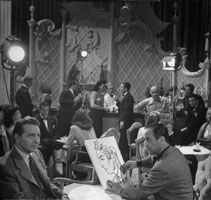
 Amanda S. Stevenson
Amanda S. Stevenson 
 Amanda S. Stevenson
Amanda S. Stevenson 
 Amanda S. Stevenson
Amanda S. Stevenson 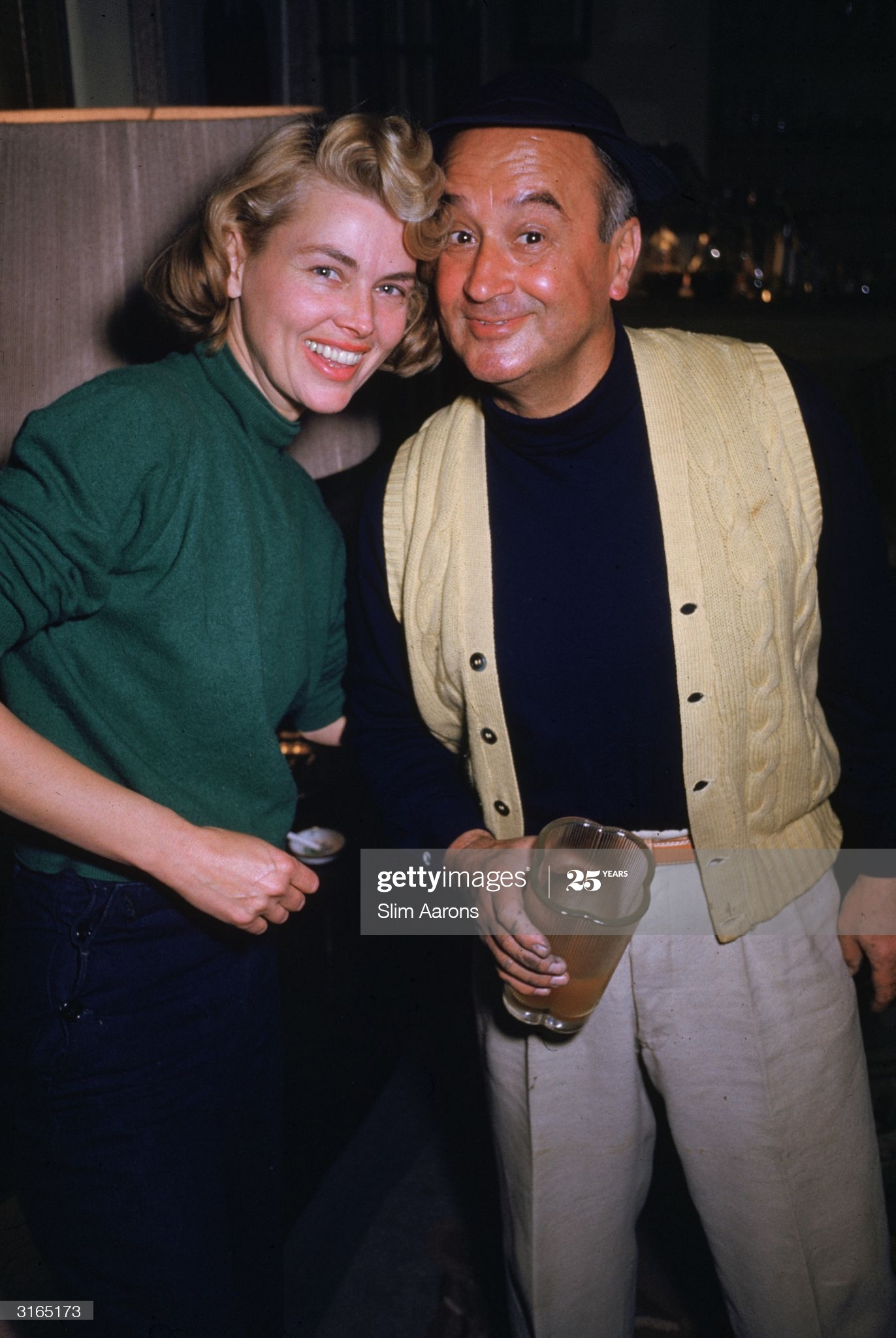
 Amanda S. Stevenson
Amanda S. Stevenson 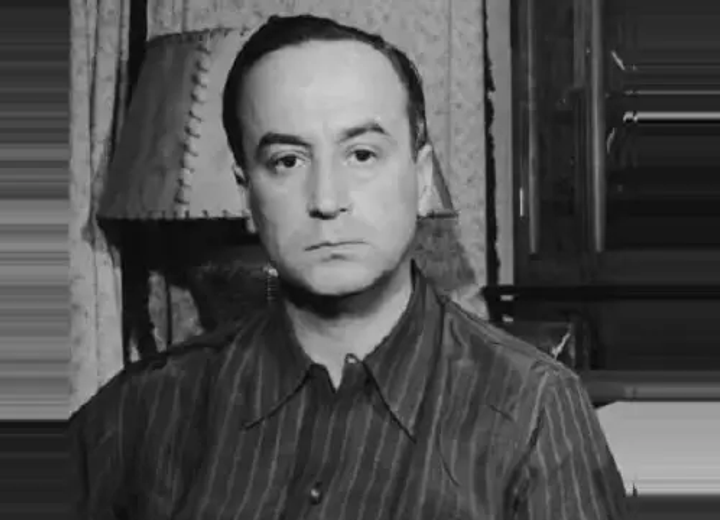
 Amanda S. Stevenson
Amanda S. Stevenson 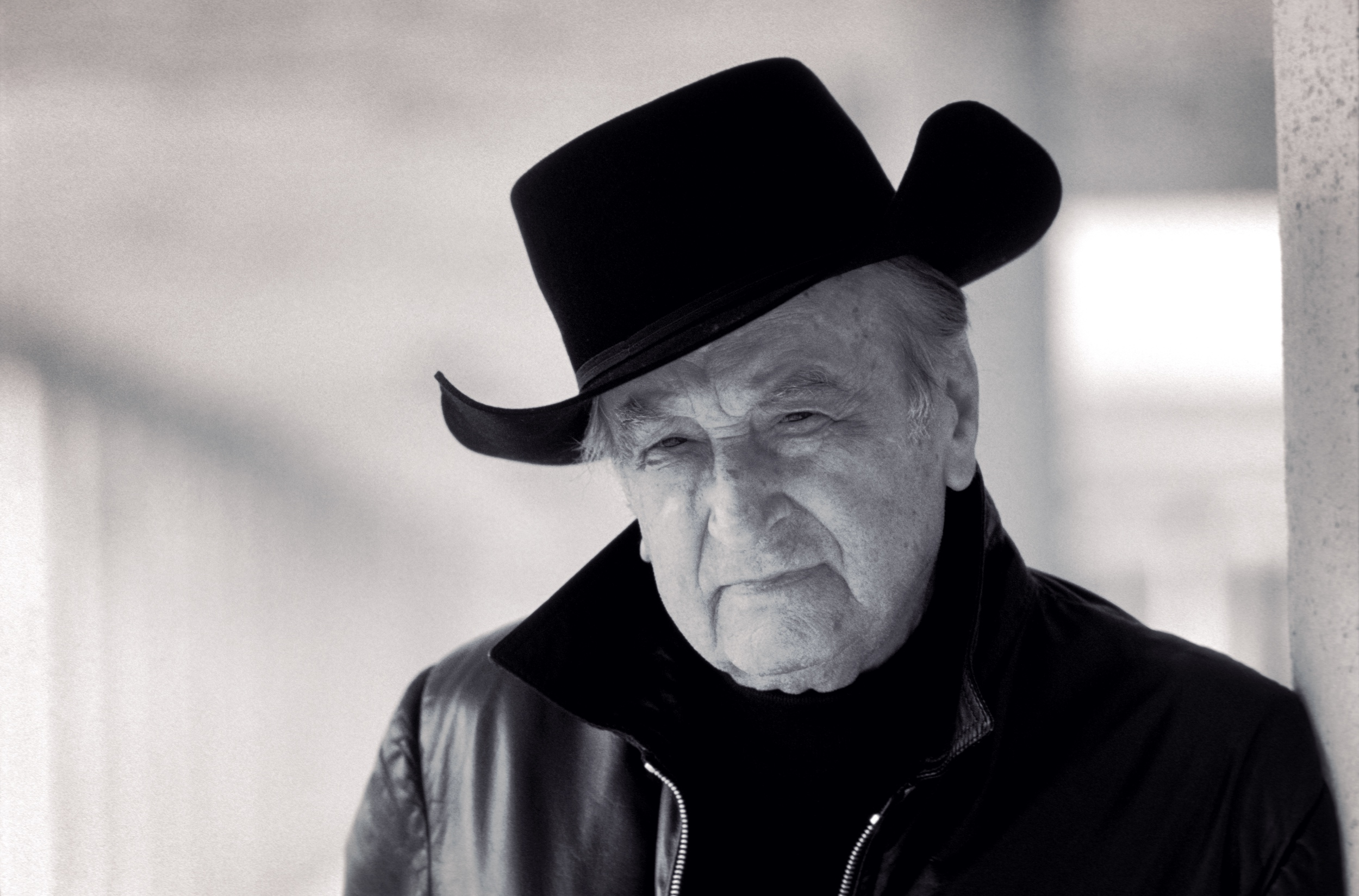
 Amanda S. Stevenson
Amanda S. Stevenson 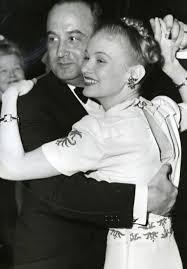
 Amanda S. Stevenson
Amanda S. Stevenson 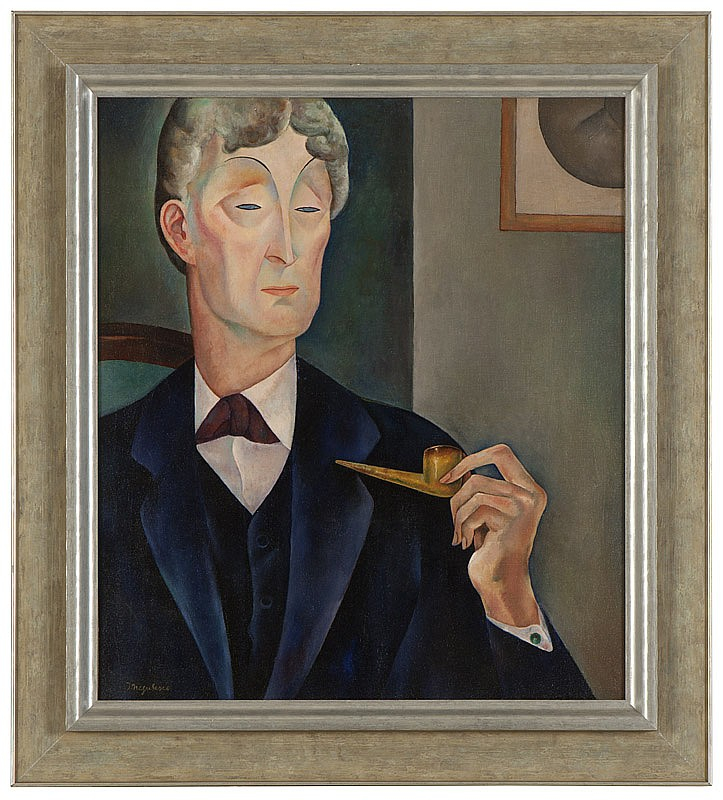
 Amanda S. Stevenson
Amanda S. Stevenson 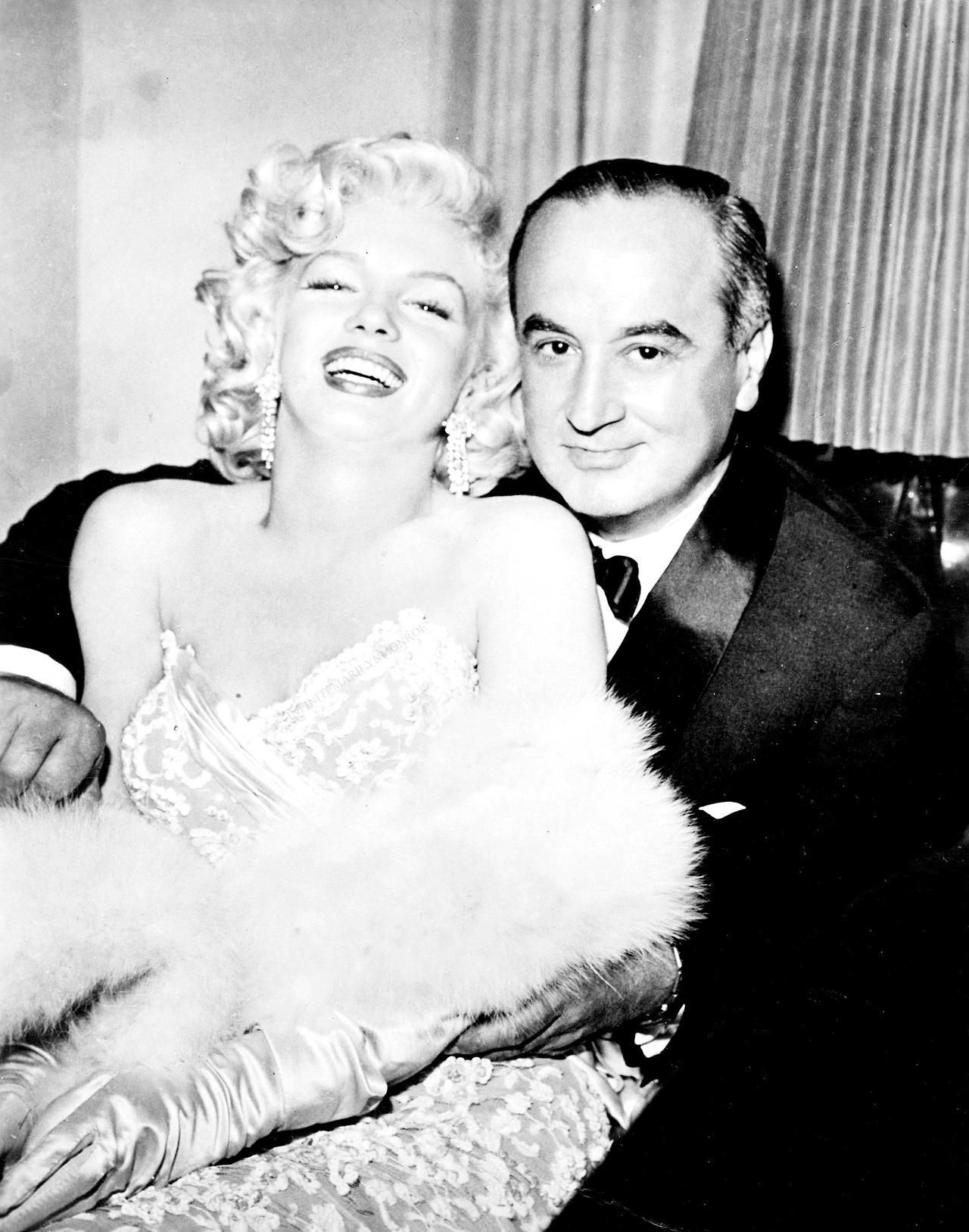
 Amanda S. Stevenson
Amanda S. Stevenson 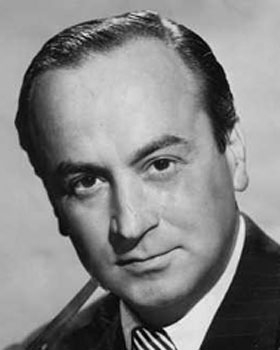
 Amanda S. Stevenson
Amanda S. Stevenson 